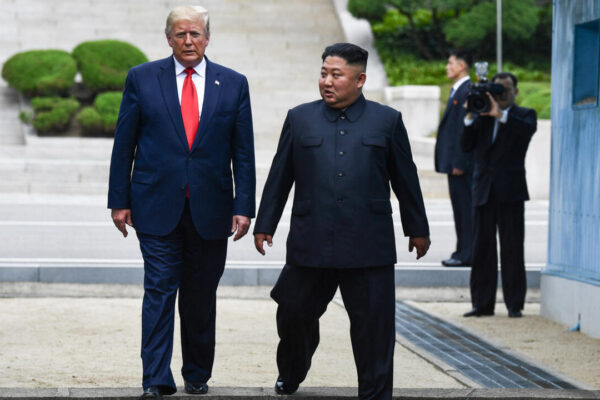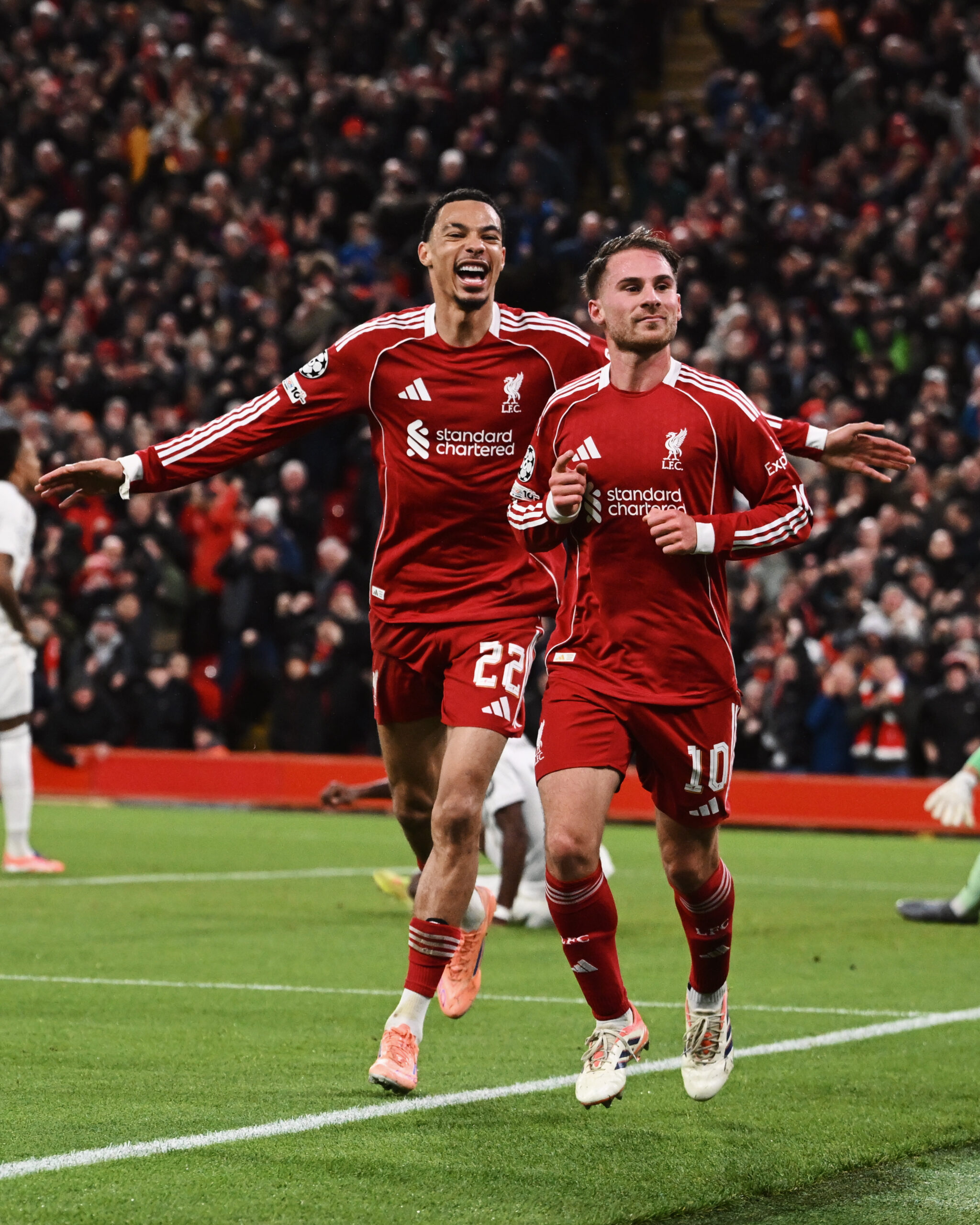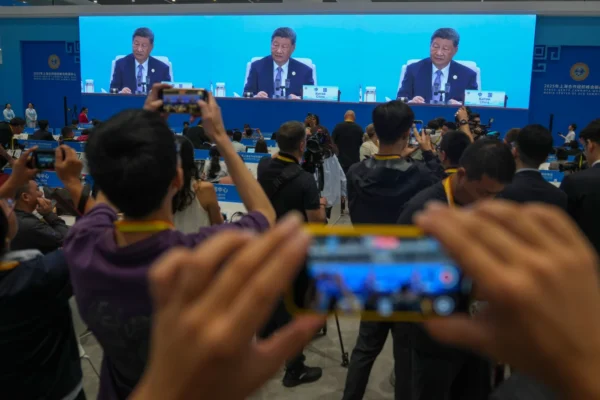
Trump Signals Openness to Meet Kim Jong Un During Asia Trip
Donald Trump said he is willing to meet North Korean leader Kim Jong Un during his upcoming trip to Asia. “I would. If you want to put out the word, I’m open to it,” Trump told reporters on Air Force One as he left for the region, adding that he “had a great relationship” with Kim. Trump previously made history as the first sitting US president to step into North Korea when they last met in 2019. On this trip, he will visit Malaysia and Japan, where he is scheduled to meet several world leaders, including China’s Xi Jinping, amid ongoing trade discussions following the US’s tariff measures earlier this year. Trump’s approach to North Korea has been unconventional. He initially mocked Kim as a “little rocket man,” yet they held three meetings during Trump’s presidency, though no denuclearization agreement was reached. North Korea has since carried out multiple intercontinental missile tests. Asked whether he would recognize North Korea as a nuclear state, Trump said: “I think they are sort of a nuclear power… They got a lot of nuclear weapons, I’ll say that.” Kim has expressed willingness to meet Trump again if the US drops its demand for North Korea to give up its nuclear arsenal. “I still have a good memory of President Trump,” Kim said last month, according to state media. South Korea’s Unification Minister Chung Dong-young suggested there is a “considerable” chance the leaders could meet during the Asia-Pacific Economic Cooperation (Apec) forum in South Korea. A senior US official told reporters that a Trump-Kim meeting is not currently on the president’s schedule, though their last encounter at the Demilitarized Zone came after Trump extended an invitation via social media. Trump’s trip begins in Malaysia for the ASEAN summit before he travels to Busan, South Korea, for the Apec summit. He is expected to meet South Korean President Lee Jae Myung, who previously discussed peace on the Korean Peninsula and the possibility of a Trump-Kim meeting during a visit to the White House.


